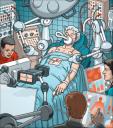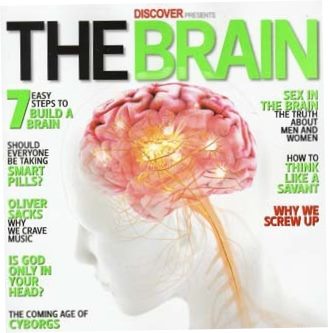10 Design Thinking Principles
Friday, October 16th, 2009 A New York Times journalist interviewed 200 design experts and wrote a book on design thinking, titled Glimmer: How design thinking can transform your life, and maybe even the world. It is an interesting piece of work that is distilled into 10 design thinking principles. Check them out. I have used variations of all of them in many settings. They work.
A New York Times journalist interviewed 200 design experts and wrote a book on design thinking, titled Glimmer: How design thinking can transform your life, and maybe even the world. It is an interesting piece of work that is distilled into 10 design thinking principles. Check them out. I have used variations of all of them in many settings. They work.
Although design thinking is certainty entering its hype phase, it won’t get any real traction as a management problem solving or innovation tool until there is a simple, proven and differentiated methodology to make it go. This is how lean, six sigma, process re-engineering and other management innovations got traction. The lack of such a methodology is why other management innovations such as knowledge management and systemic thinking failed. Where is the DMAIC (define, measure, analyse, improve, control) for design thinkers?









